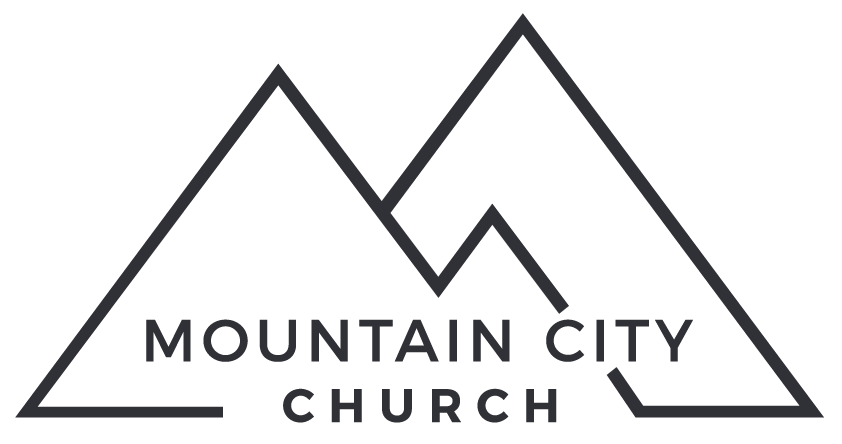I want to share an intriguing perspective on the Temple Mount in Jerusalem, an area of immense historical and religious significance. As believers, our understanding of history, scriptures, and archaeology can shape our faith in profound ways.
We’ve all seen images of the gleaming gold dome that crowns the Jerusalem landscape, known as the Dome of the Rock. Many believers associate this location with the site of the Jewish Temple. The narrative that has been handed down over the centuries paints this as the sacred location where the Temple once stood. But I believe we might need to reassess this traditional understanding.
Astonishingly, I propose that the Temple was never located where the Dome of the Rock now stands. Instead, I suggest that the 36-acre area known as the Temple Mount was, in fact, the site of the Roman Fortress Antonia. This idea might seem radical at first, but let’s journey together through the historical and scriptural evidence.
Imagine, for a moment, the Western Wall in Jerusalem. Thousands of people approach this wall each day, praying fervently, their hopes and dreams folded into small pieces of paper tucked into the cracks between the stones. Many believe these stones embody the presence of God – that they are the remnants of the Temple’s foundation walls.
The religious significance of the Temple Mount isn’t exclusive to Jewish tradition. Islam, too, regards this site as the third holiest in the faith, following Mecca and Medina. Muslims believe that the prophet Muhammad ascended to heaven from this location on a horse named Buraq.
As we unravel this narrative, let’s ask ourselves: Is the traditional Temple Mount truly the correct location of the Temple?
The Gospel of Matthew (24:1-2) records a prophecy made by Jesus concerning the Temple: “Do you see all these things? Truly I tell you, not one stone here will be left on another; every one will be thrown down.” Yet, the Western Wall, believed to be a part of the Temple, still stands in contradiction to Jesus’s prophecy. Moreover, when the Temple was destroyed in 70 AD, the historian Josephus claimed that it was so thoroughly razed that no one would have known a Temple was ever there.
This biblical prophecy and historical account align with the words of the minor prophet Micah (Micah 3:12), who prophesied that Zion would be plowed like a field.
If we look closely at an old map of Jerusalem, we can spot an intriguing detail. The City of David lies 600 feet south of the Temple Mount. Within the boundaries of the City of David, you can clearly see terraced fields, fulfilling Micah’s prophecy – but there are no such fields on the Temple Mount.
Furthermore, the Roman historian Josephus described the tower of Antonia, the Roman fort in Jerusalem, as appearing to be comprised of several cities. During the Roman occupation, around 6,000 soldiers and an additional 4,000 support personnel were stationed in Jerusalem. The fort, therefore, needed to be large enough to accommodate all these people, with sufficient space for their daily activities, including barracks, officers’ quarters, courthouses, and stables. Interestingly, the size of a standard Roman fort aligns with the dimensions of the Temple Mount.
So where, then, was the Temple?
The Bible tells us in multiple passages that Zion – another name for the City of David – is where God dwells. Consider Psalm 132:13-14: “For the Lord has chosen Zion; He has desired it for His dwelling place.” And the fourth-century church father Eusebius confirmed: “The hill called Zion in Jerusalem, the building there that is to say the temple, the holy of Holies is in Zion.”
If we further examine the historical records and writings of scholars like Eusebius, the Temple’s location was nearly in the very center of the City of David. Within the heart of the City of David lies the Gihon Springs, a source of living water necessary for the priests to perform their religious duties.
Scripture repeatedly highlights Zion as the site of the Lord’s dwelling place. Psalm 20:2 implores, “May He send you help from the sanctuary, and strengthen you out of Zion.” In Psalm 65:1-4, the psalmist writes, “Praise awaits you, O God, in Zion… we shall be satisfied with the goodness of Your house, of Your holy temple.”
We also find compelling evidence in the Biblical account of Solomon’s construction of the Temple. According to 2 Chronicles 3:1, “Now Solomon began to build the house of the LORD at Jerusalem… at the place that David had prepared on the threshing floor of Ornan the Jebusite.”
The City of David, or Zion, was strategically located and coveted for its supply of water, at the junction of key trade routes. It was a natural fortress, like a stationary battleship in the heart of Judea. When David captured it, it was known as the Jebusite fortress; he renamed it the City of David and made it the dwelling place of God.
This exploration is not meant to cause division or discord but to provoke thought and remind us that sometimes, truth might be hidden in plain sight. As Jesus said in Matthew 11:25, “I thank you, Father, Lord of heaven and earth, because you have hidden these things from the wise and the intelligent and have revealed them to infants.” As we approach our faith with childlike wonder, we realize the Bible always has new truths to reveal.As believers, let us continuously seek God’s truth, always ready to question, learn, and grow in our understanding of our faith, its history, and its foundations.
